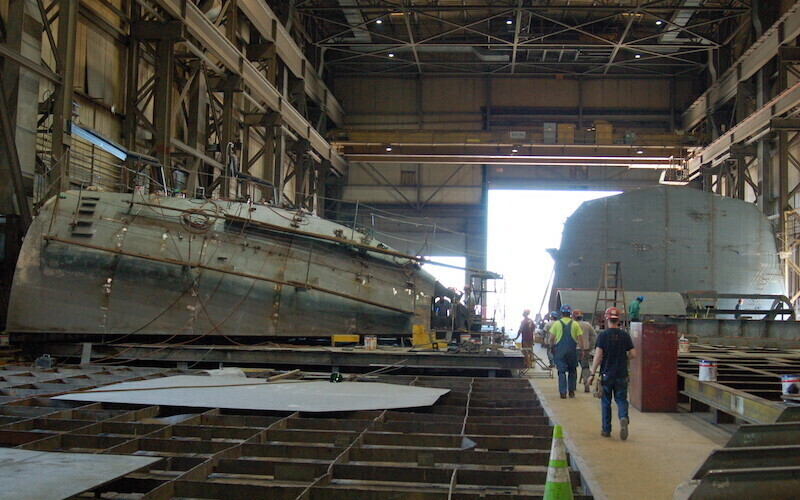Today’s shipyard is inherently dangerous workplace. Implementing a sound risk- management program is an important part of managing your employee workers compensation and Longshore and Harbor Workers’ Compensation Act (USL&H) costs, thus reducing claims and limiting injuries. And there’s the added bonus of avoiding possible fines and penalties imposed by safety violations or hazardous waste clean-up. Here are some items to consider.
• Implement regular assessments of your safety plan and see if it still reflects your current operations. Your initial plan should be based on a comprehensive risk assessment identifying hazards and the potential for accidents. There are risks everywhere, and they are major and minor. You should keep them all in mind. As your business grows and evolves, so should your risk assessment plan. Don’t make the mistake of doing the work to create one and leaving it to gather dust.
• Conduct period safety training with your employees. Insurance companies and government agencies have material available but don’t be afraid to develop your own manuals outlining specific jobs and procedures. Topics can include emergency response plans, safe work practices and hazard identification. And don’t keep trainings only in the classroom. Real-life scenarios and employee involvement, such as demonstrating a proper response to a fire or chemical spill can increase the learning potential.
• Personal protection equipment should be readily accessible to your employees and its use should be as common as putting on a pair of pants. Steel-toed shoes, hard hats, hearing protection, safety glasses, respiratory masks and gloves are all great examples. And don’t stop with just making this equipment available. Conduct proper-fit test for masks — and make replacement filters available as well.
• Have you reviewed procedures for potential pollution threats? Prevention is obviously the best response, so have proper handling procedures in place. But in the event of a misfortune, have a proper response plan in place. Maintain proper waste management practices and don’t forget about storm runoff. Keeping up with compliance with environmental regulations and standards will not only save you the headache of a pollution claim but can also save you the fines and penalties associated with them.
A risk-management program is only as good as the employees who are adhering to it as well as the management team enforcing it. Regular reviews can identify areas of success as well as areas of improvement, but don’t make the mistake of taking the time to create a plan and then having it languish on a shelf in your office. It needs to be used in order for it to be beneficial.




